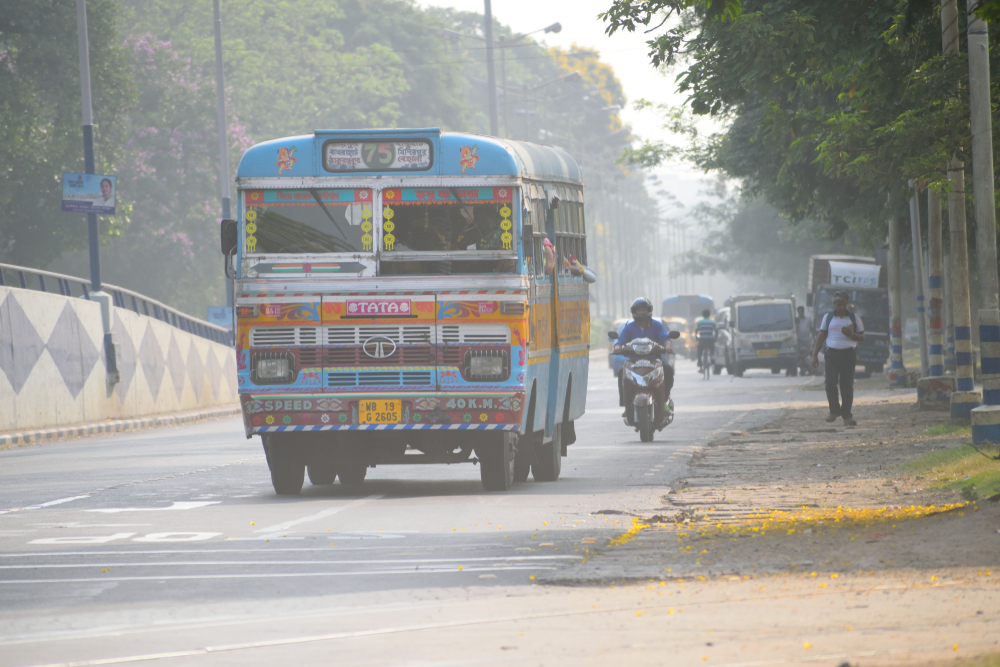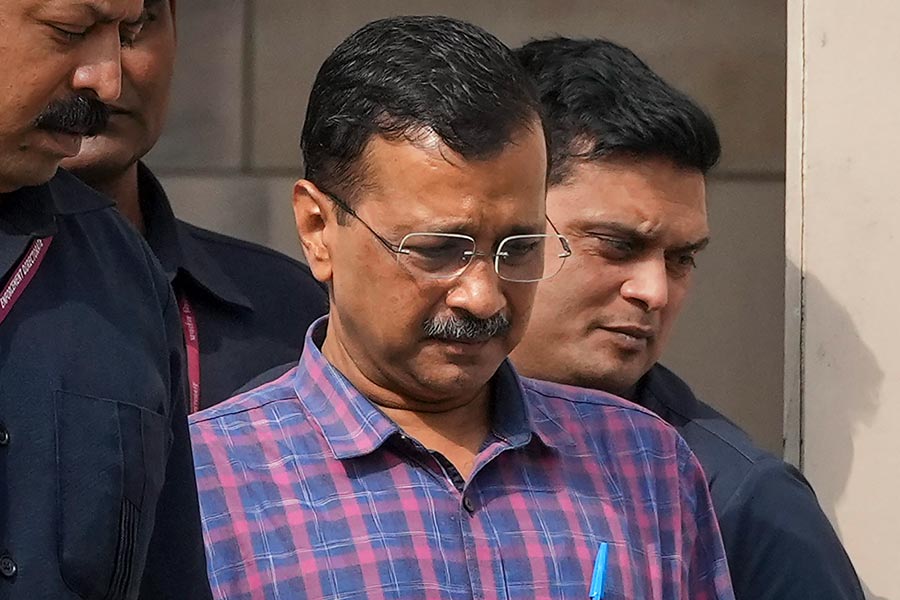The nitrogen oxide pollution in Calcutta and its adjoining districts is spreading, a report prepared by the international environment organisation Greenpeace says, raising the risk of a host of respiratory problems.
“In the first sixteen months of Tropospheric Monitoring Instrument (TROPOMI) NO2 satellite data from February 2018 through May 2019, cities such as Delhi-NCR, Bangalore, Calcutta, Chennai and Hyderabad which have high vehicular populations and diesel/oil consumption are the most polluting hotspots,” the report says.
Nitrogen dioxide, the most common form of nitrogen oxides found in the air, can trigger respiratory problems by causing inflammation in the lungs and reducing immunity to lung infections. That may lead to wheezing, cough, flu and bronchitis.
Increased levels of nitrogen dioxide in the air can aggravate asthma.
Environmentalists point out that the findings of the study vindicate the dominant role played by vehicles in contributing to the city’s air pollution. Burning of coal in industrial units and diesel combustion in vehicles are the two primary sources of nitrogen oxides in the air.
In the absence of large-scale industrial units in the city and its vicinity, diesel-powered vehicles seem to be the only source of the polluting oxides.
“The major source of nitrogen oxide pollution in Calcutta is the transport sector,” said Sunil Dahiya, who is associated with the study. “Nitrogen oxides are not only dangerous pollutants themselves, they contribute to the formation PM2.5 in the air, the most dangerous air pollutant,” Dahiya said.
Once released in the air, nitrogen oxides lead to the formation of PM2.5 within five to eight hours. PM2.5, ultra-fine particulates that are also released by vehicles, enter deep into the lungs and can trigger a number of ailments, including cancer.
Nitrogen oxides also trigger formation of ozone, another critical pollutant.
The study compared the data from February to May 2018 with that from June 2018 to May 2019 to show how the nitrogen oxide cloud over the city and its surrounding areas has spread.
In February to May 2018, the nitrogen oxide cloud had stretched from Nadia in north to Mandirbazar in South 24-Parganas, around 60km to the south of Calcutta. The June 2018 to May 2019 data shows the cloud has spread further south to the Sagar island, around 110km from the city.
“Calcutta is a hotspot for nitrogen oxide pollution… and diesel is the main culprit,” said Anumita Roy Choudhury, of the Delhi-based Centre for Science and Environment.










